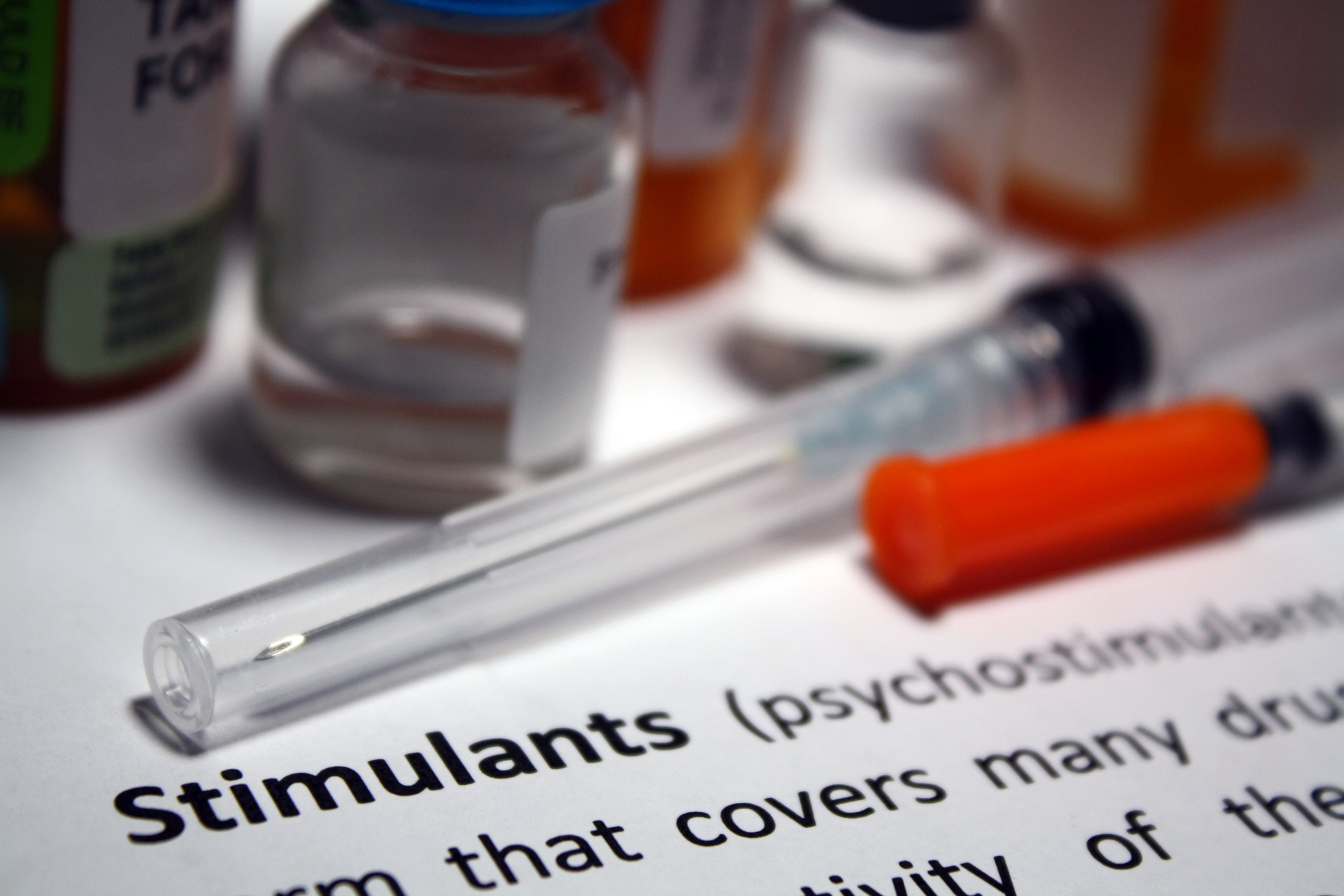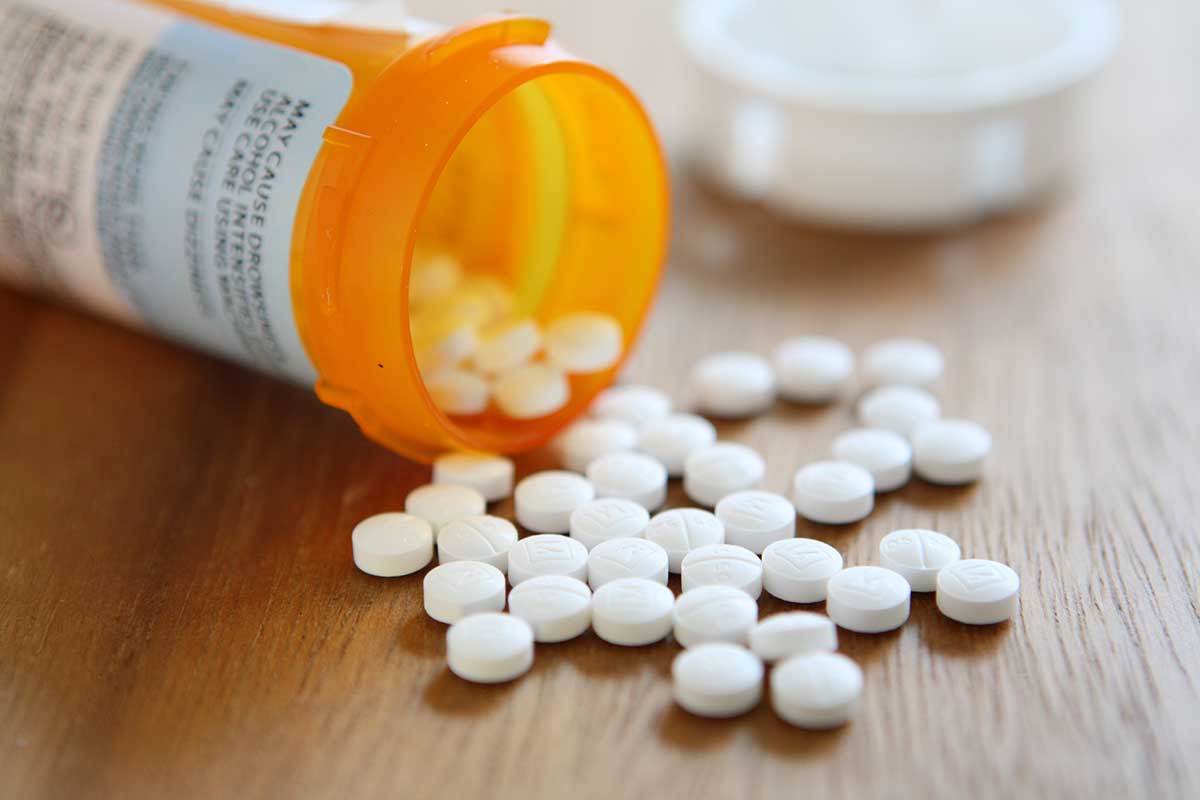

Stimulants are a class of drugs that speed up the action of all parts of your body, and they force the brain, the heart, and other parts of the body to work harder than they should be working. When talking about stimulants, the discussion must happen from different angles:
- One angle would be around illicit stimulant drugs, such as types of amphetamines, versions of cocaine, Ecstasy (MDMA), and synthetic cathinones (bath salts). These are often binged or misused in high quantities. These stimulants are highly addictive.
- Another angle would be around prescription stimulants such as synthetic stimulants, including amphetamine and methylphenidate, that are available as prescription drugs, primarily for ADHD and Narcolepsy. Under doctor supervision, and used as prescribed, these can be helpful medications. However, these can still be addictive and are often misused.
- One more angle would be illegal (street) versions of prescription stimulants made to look similar to the prescriptions described above. These are not precisely produced and pose a large threat to individuals’ health and are higher risks for overdose.
- Finally, nicotine and caffeine are yet other forms of stimulants that can be harmful. Nicotine is the addictive substance in tobacco products, which are highly addictive. Caffeine in small amounts pose little to no risk, but can still give rise to significant health risk in higher doses, such as energy drinks.
The Drug Enforcement Administration (DEA) says, “Stimulants are sometimes referred to as uppers and reverse the effects of fatigue on both mental and physical tasks. Therapeutic levels of stimulants can produce exhilaration, extended wakefulness, and loss of appetite. These effects are greatly intensified when large doses of stimulants are taken. Taking too large a dose at one time or taking large doses over an extended period of time may cause such physical side effects as: dizziness, tremors, headache, flushed skin, chest pain with palpitations, excessive sweating, vomiting, and abdominal cramps.”
The United Nations Office of Drug and Crime say that “amphetamine-type stimulants (ATS) are the second most commonly used illicit drugs” after cannabis. Locally, we have numbers of stimulant overdoses each year. To learn more about the signs of these overdoses, or more information to talk about these kinds of drugs with a loved one, check out the PDF options below.
*Extra Source Material from National Institute of Health





